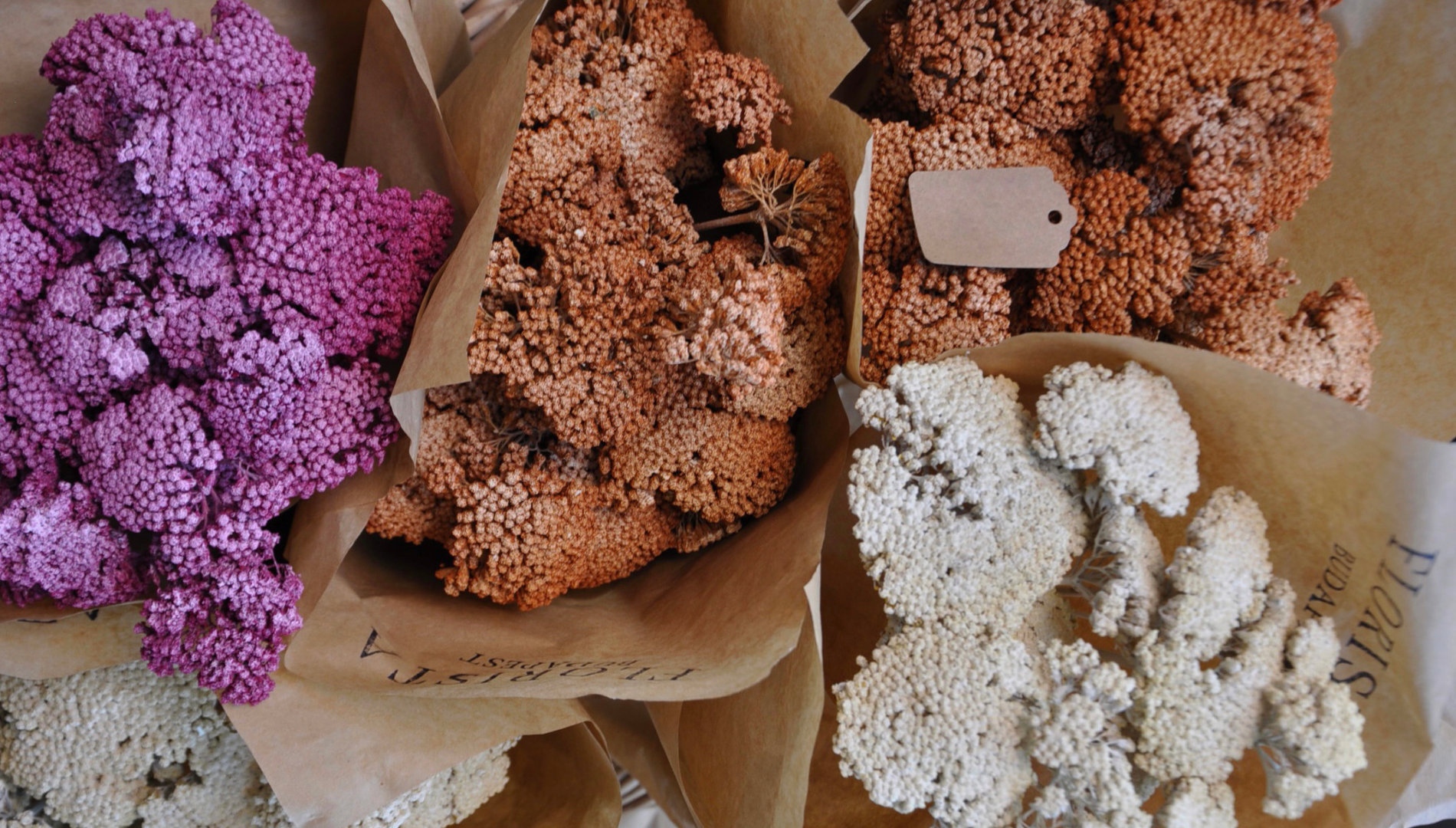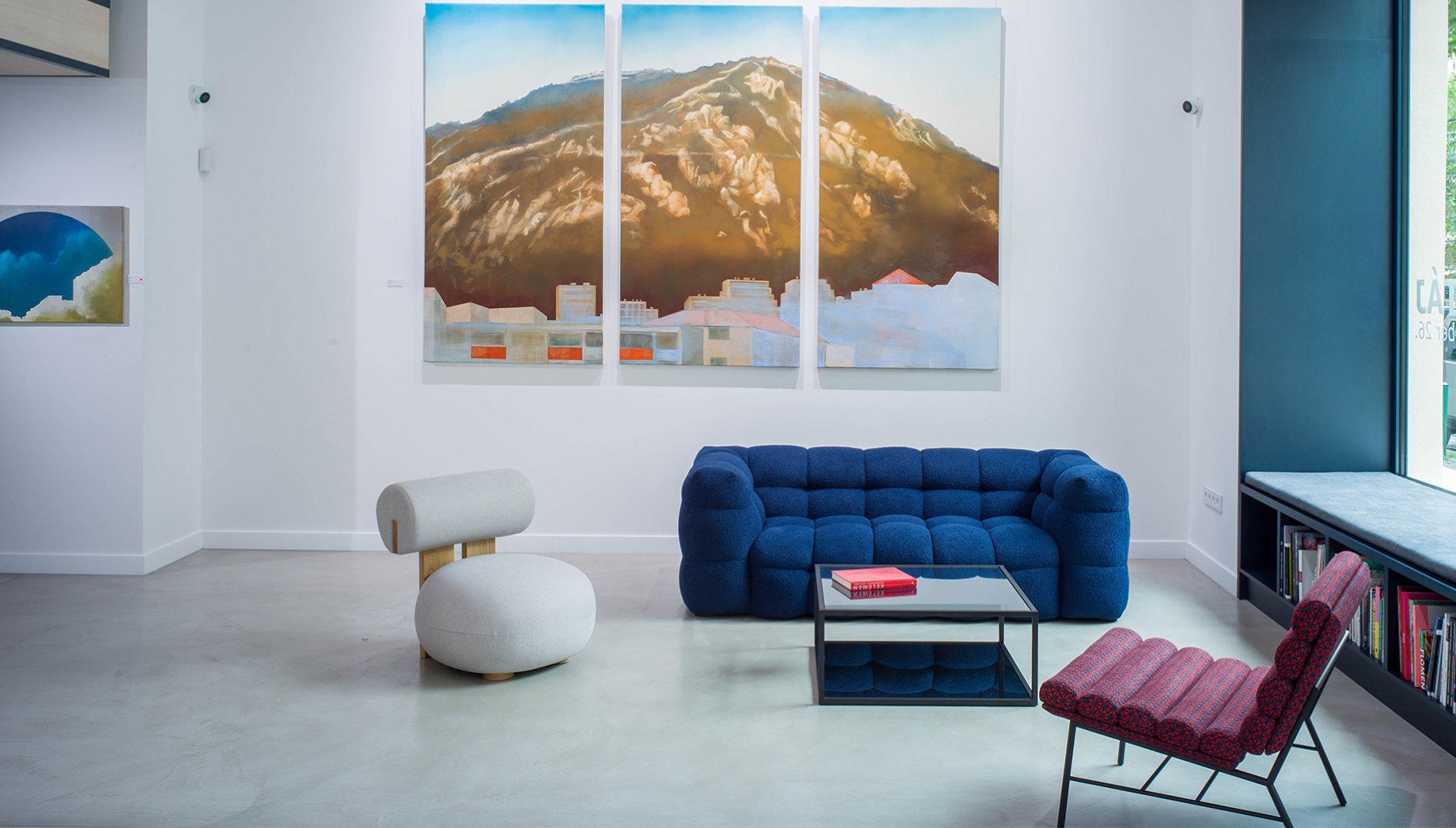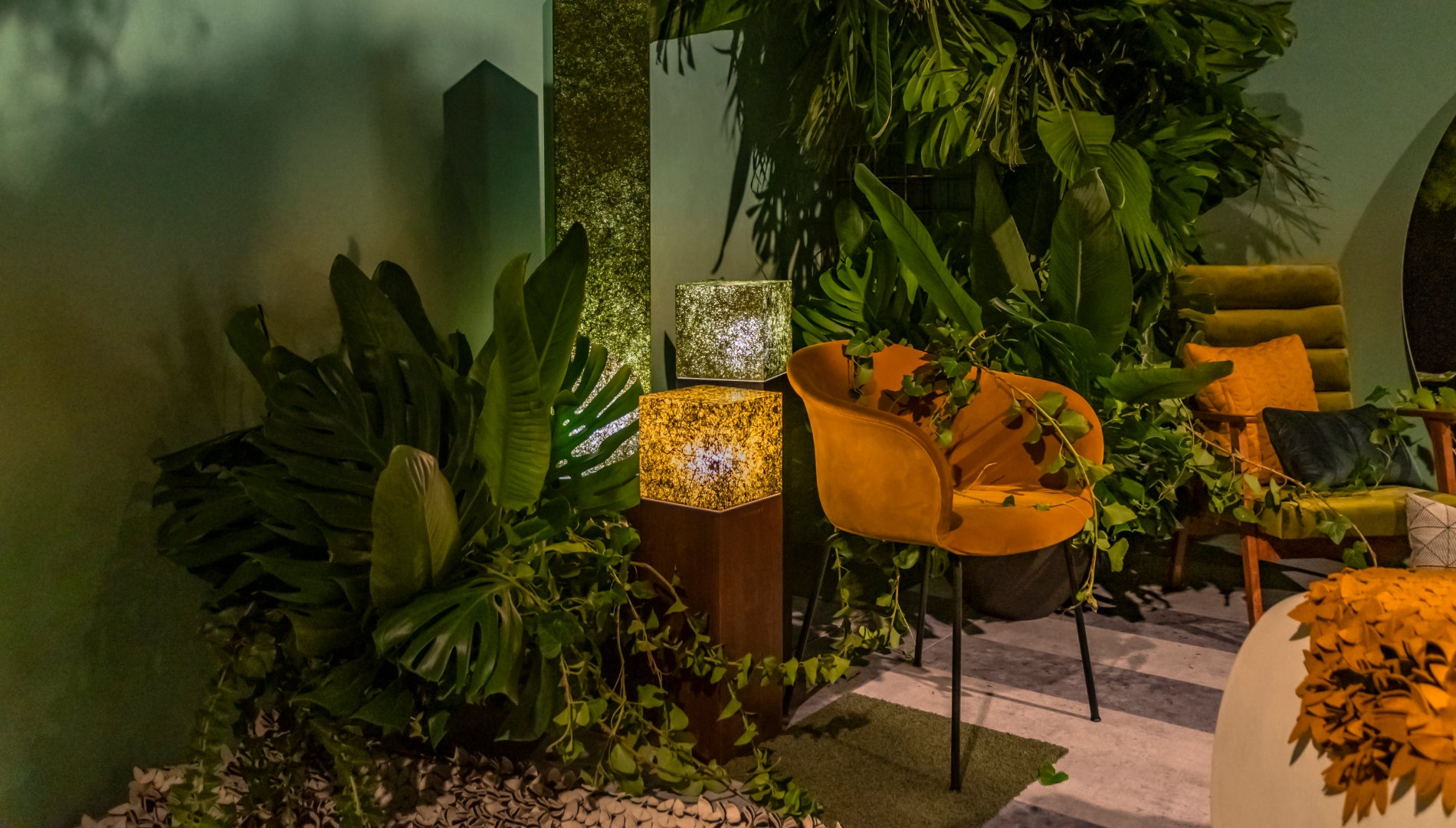
The plant is at the heart of Viaplant
Viaplant produces plant-based creative materials for architectural and design projects.
However, the multi-award winning Hungarian brand offers much more than that. Its materialized plants tell stories and convey memories, drawing our wandering attention to the significance of our natural treasures and the value of our fleeting experiences.
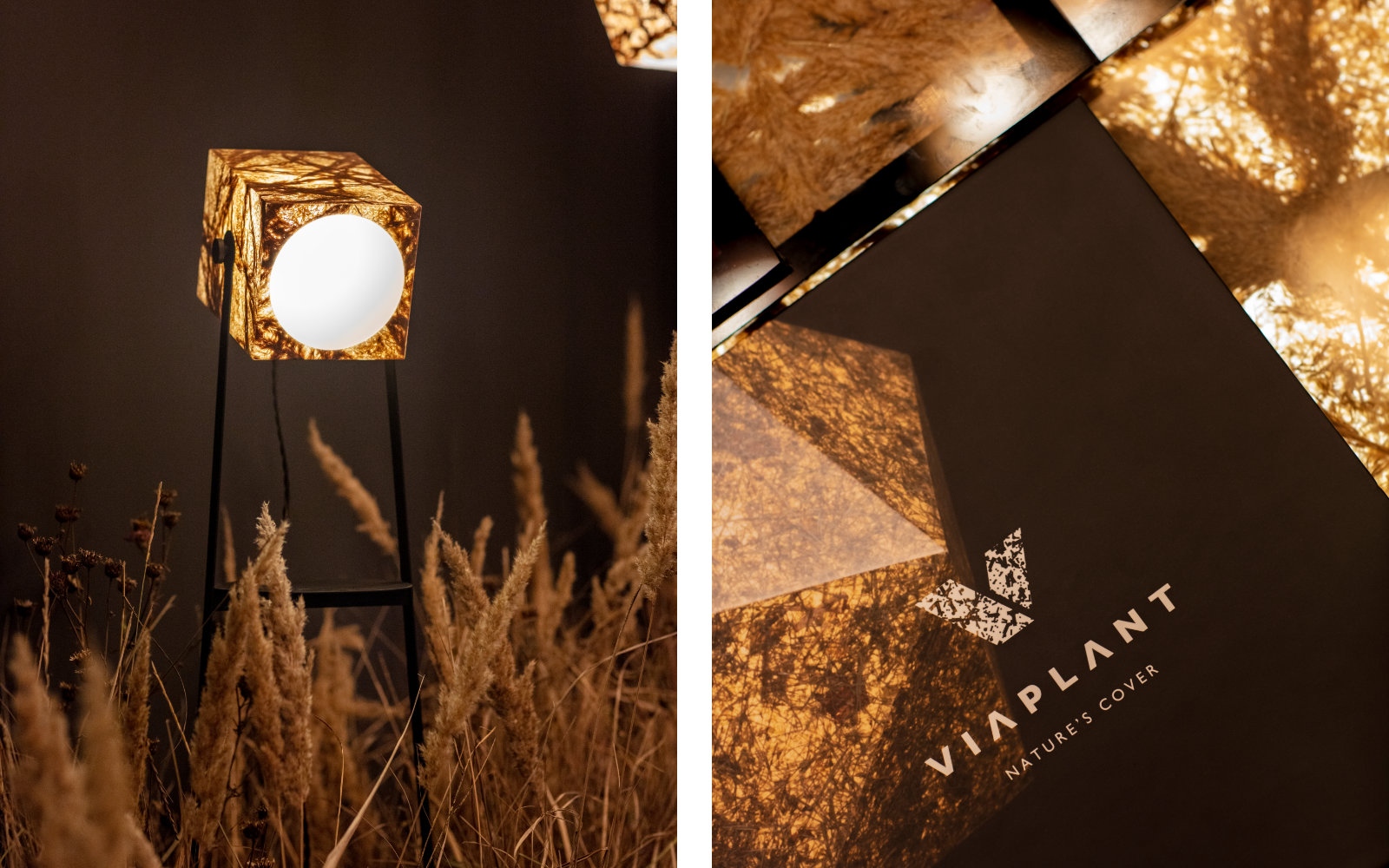
Inspired by the beauty and diversity of nature, Viaplant creates a link between landscape and architecture. In addition to innovative materials, furniture, accessories and artistic projects enrich their portfolio. At this year’s S/ALON BUDAPEST Viaplant is about to present a truly revolutionary new product at the Budapest Arena. Join us for a closer look at the brand in our interview with Barnabas Szakács, Managing Director and Chief Designer of Viaplant!
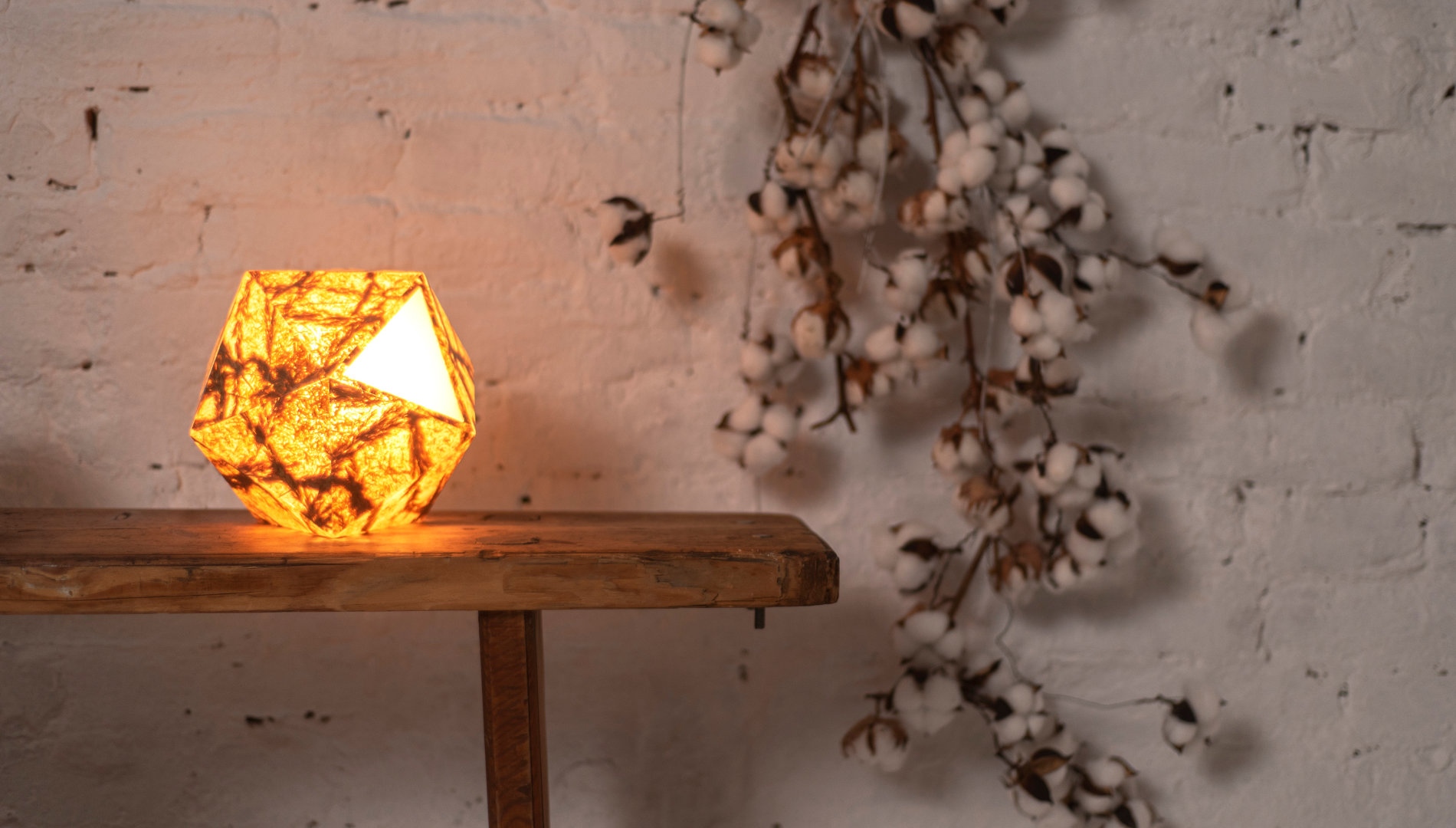
The Viaplant brand is backed by Leptek-Terv Landscape Architecture Studio. What is the relationship between the two entities?
Our studio has been involved in landscape architecture since 2002, focusing primarily on the human-centered regeneration of urban spaces, parks and residential areas, as well as the revitalisation of institutional and historic gardens.
From the beginning, we have believed that a landscape architect is both an engineer, an artist and a community organizer.
Originally starting out as an artist myself, I later became an engineer, and our work is a fusion of these fields and approaches. Therefore, our activity is not limited to design, but also seeks to create value through social engagement related to our field, such as art, professional publications, community design and education.
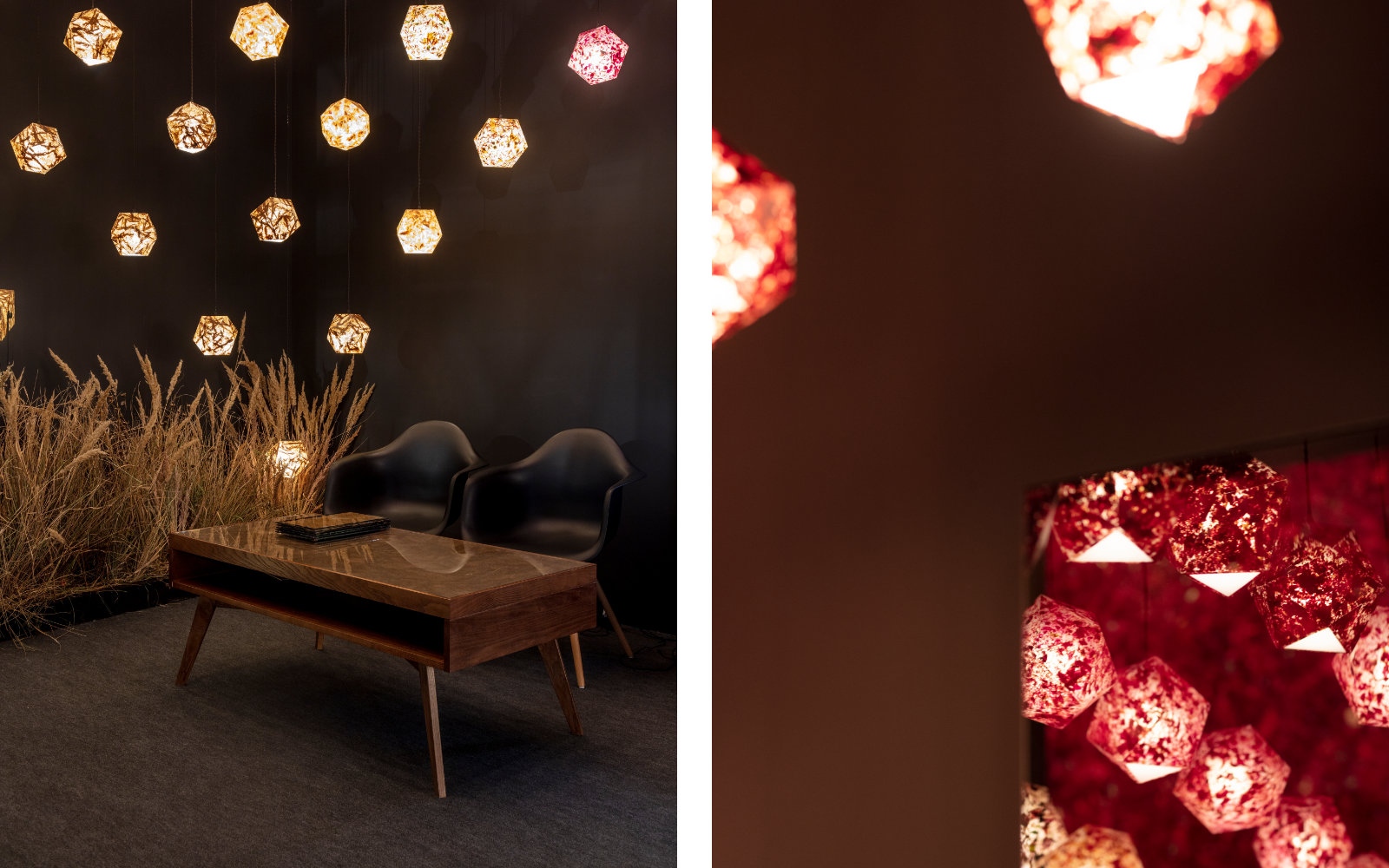
How did landscape architecture relate to this new use of plant parts?
One of our main goals in creating Viaplant was to represent the diversity of nature. To this end, we have rethought the use of plant parts from the maintenance of urban green spaces. Beyond autumn leaves and mown grass, we also saw the beauty and potential in aggressively spreading invasive species such as Canadian goldenrod and ragweed.
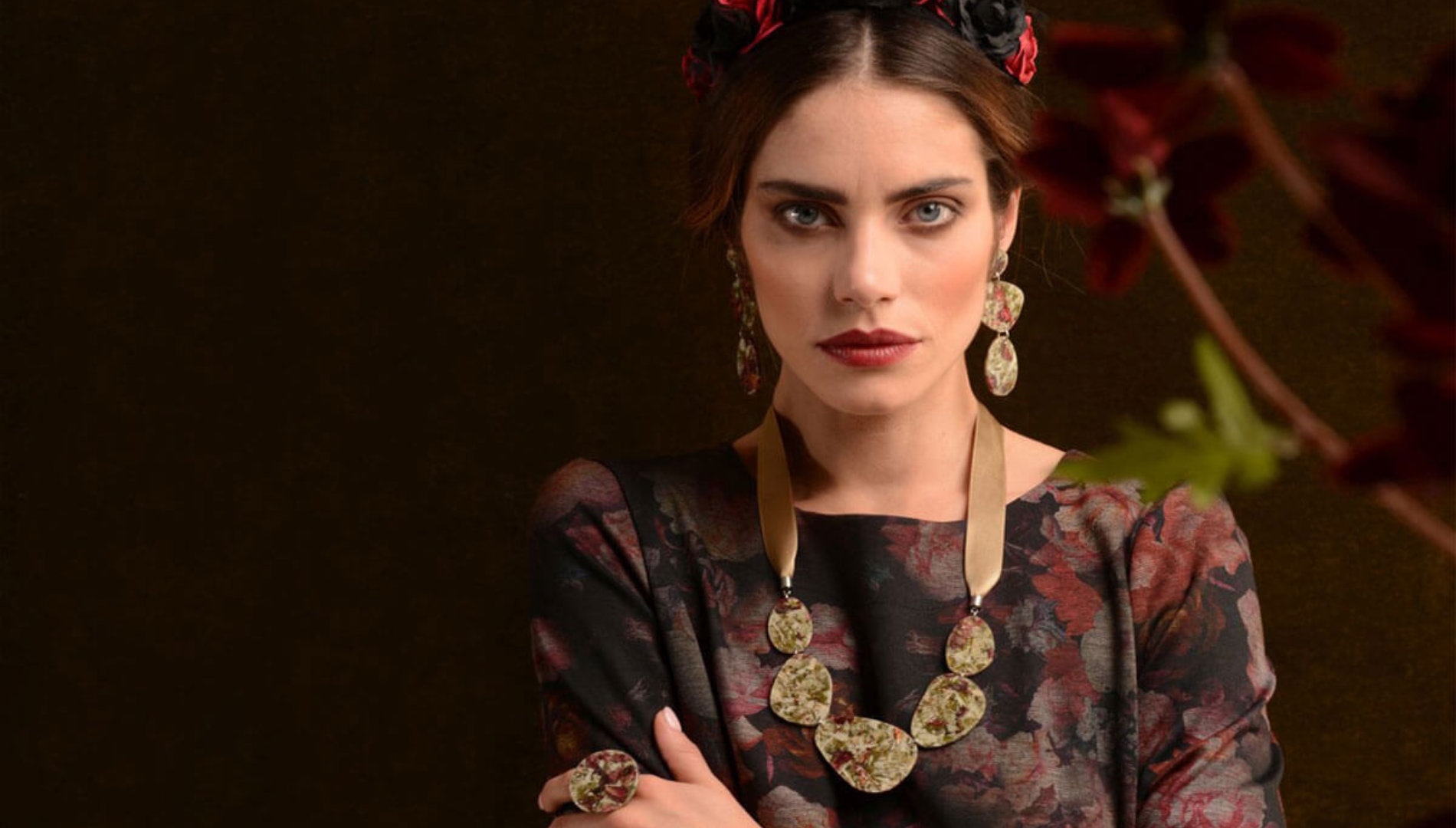
We only use plant parts with a maximum renewable life of one year, which is a key factor in minimizing environmental impact. Viaplant’s natural raw materials are all domestically sourced and the entire process is carried out in Hungary, which is one of Viaplant’s trademarks.
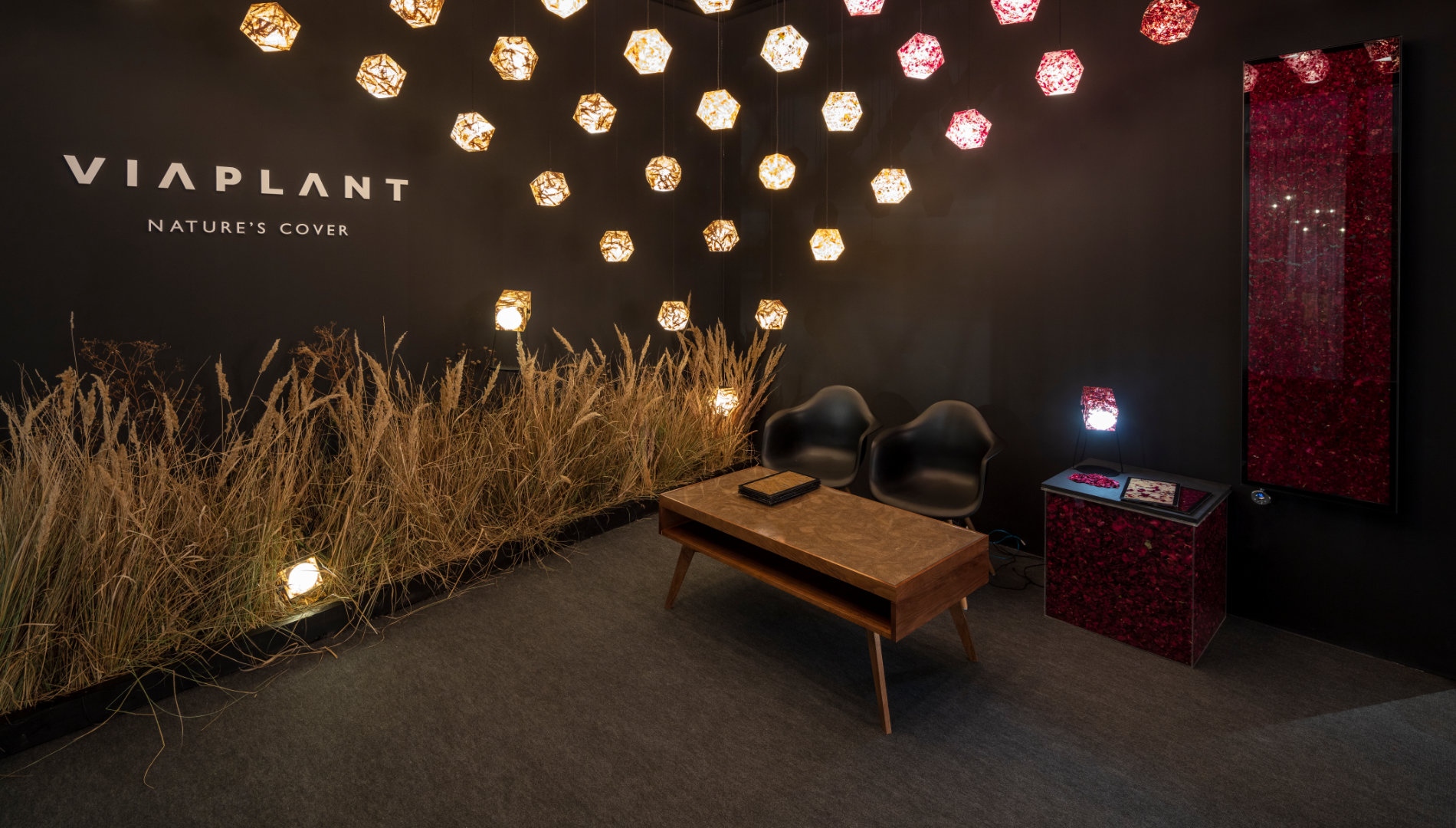
How is the plant’s journey from its natural habitat to the interior?
Viaplant, like ivy, encapsulates nature’s artistic output in a time capsule and preserves it for the future.
After collection, the plant parts are dried, cleaned and sorted. The prepared plants can go into three different types of binders depending on the application: polymer resin, glass or PLA. For example, glass is used for a shower door, but wall cladding can be made using any of the three binders.

What motivated you to start Viaplant? What is the driving force, the creative mission behind the brand?
We are motivated by the issue of sustainability, constantly working to find more environmentally friendly development paths in the spirit of the circular economy model.
Our creative process focuses on storytelling.
We aim to create surfaces and objects that convey and preserve the heritage of plants. We believe that the place of origin of a plant carries memories and experiences.
This quality goes beyond function and form, endowing the objects with added value.
We have made a lamp from a wedding flower bouquet, a souvenir from the grass of a football club’s home pitch, or a chandelier composition for the Hungarian pavilion at the Dubai World Expo, promoting the unique richness of Hungary’s thermal waters, from the medicinal mud of Hévíz, i.e. tens of thousands of years old plant sediment.
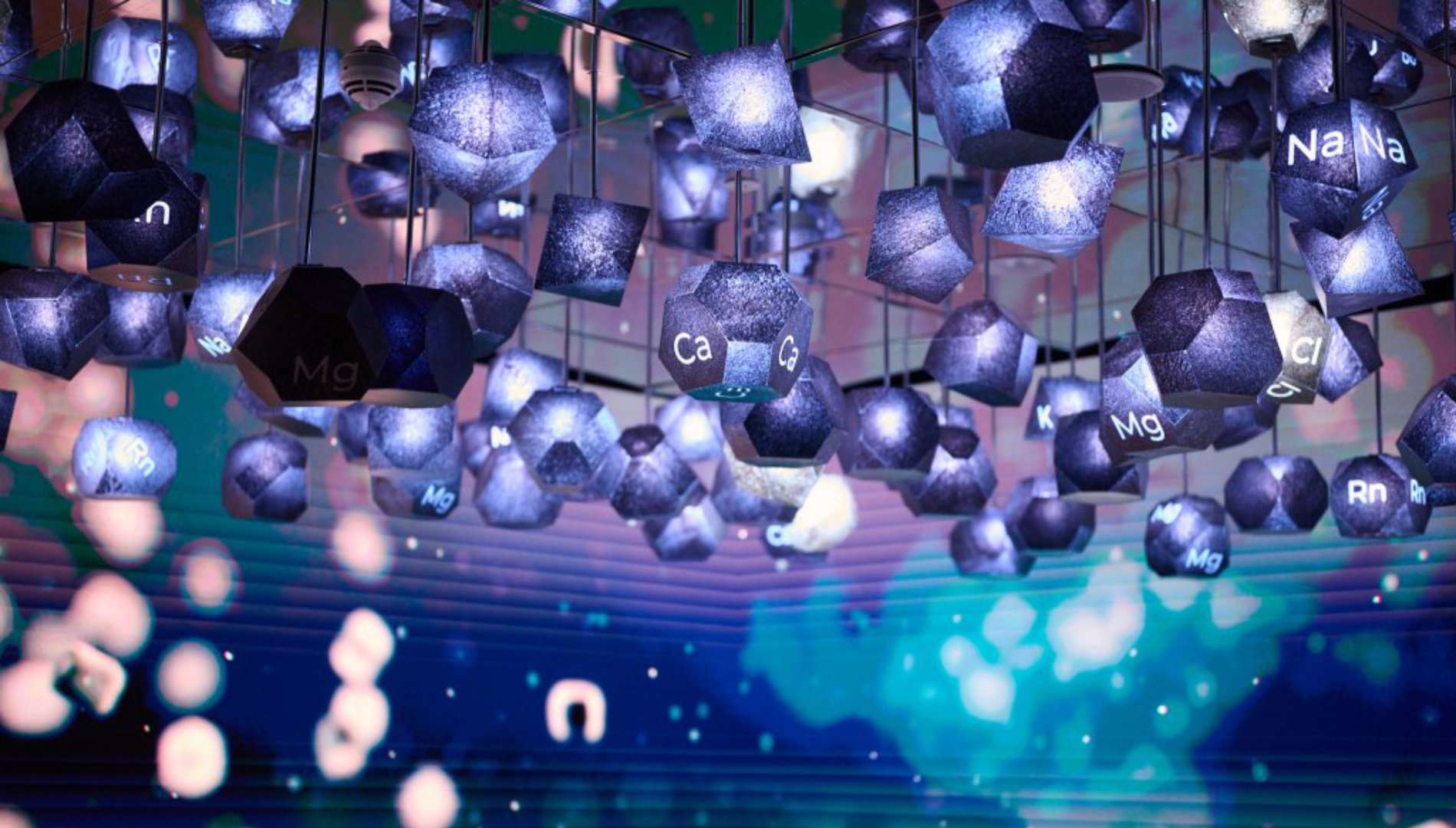  |
So you can also capture the essence of specific places and regions with Viaplan?
A perfect example is the St. Stephen’s Park Cuvée, a lamp and cover made from the leaves of the trees in the public garden next to our office, which brings the memories of the park into the home. The wine analogy applies on several fronts: we call it cuvée, because it is a mixture of colorful leaves from several tree species, and we also label the products with harvest year and serial number, as this can only be done once a year.
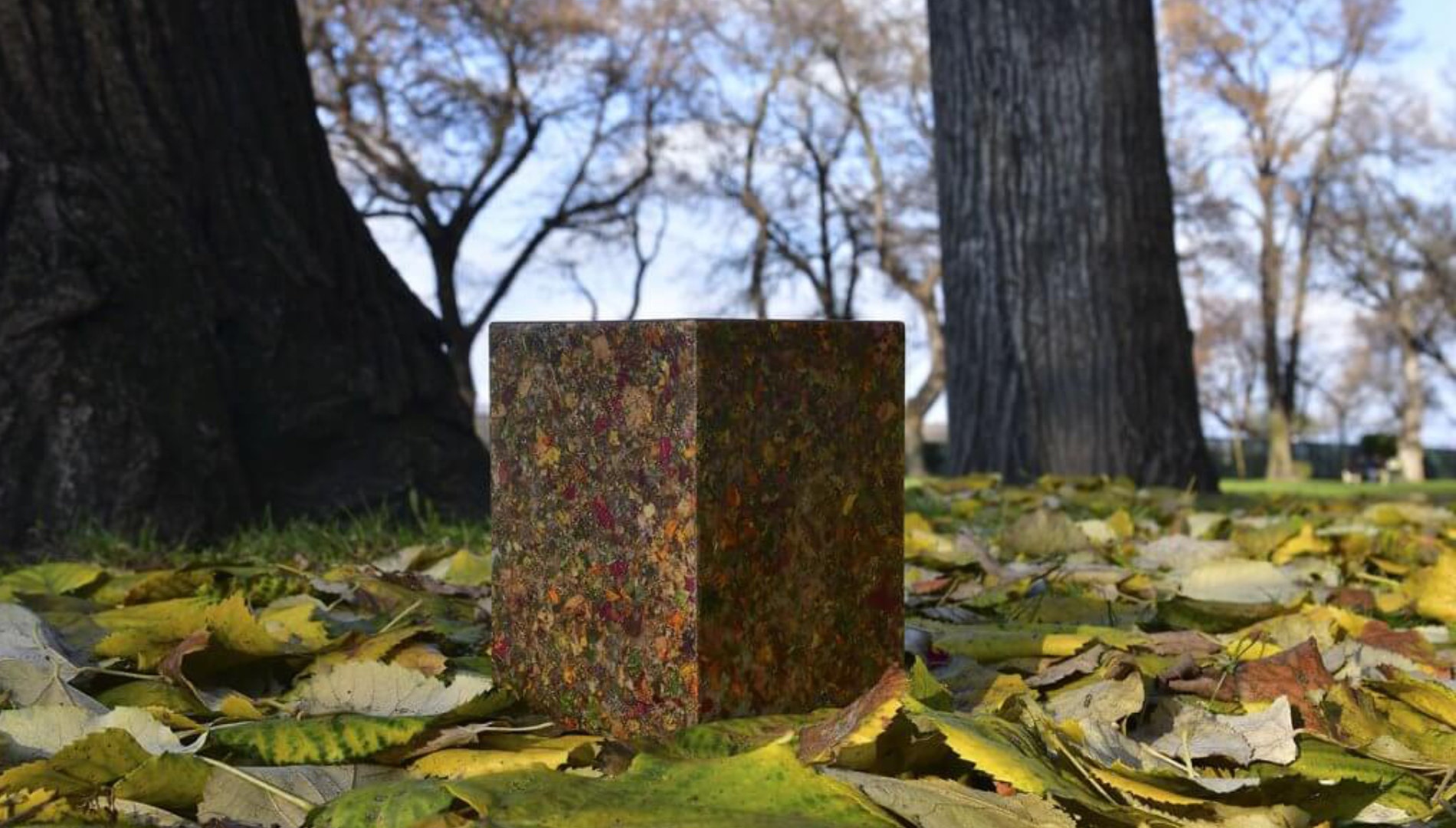 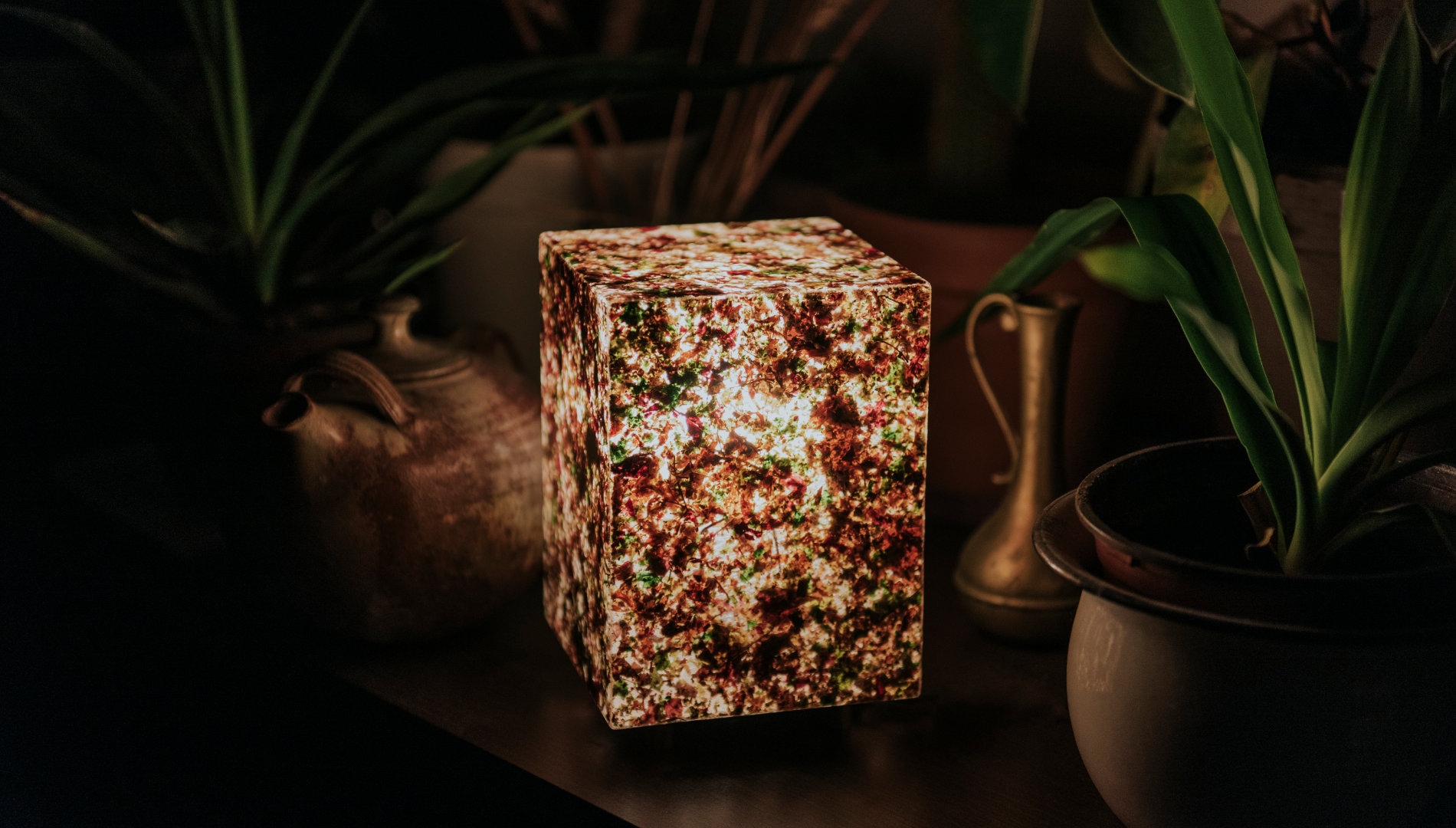 |
Just as vines from the same vineyard produce different wines year after year, the park’s vegetation will never be the same twice. We also accompany the lamps with the history of the park, information, facts, to draw attention to its urbanistic importance, as parks, like buildings, are our common cultural assets.
The whole Viaplant concept is in fact an art project.
In addition to the development of innovative raw materials, furniture, accessories and creative, artistic projects, interior design co-productions are also prominent in your day-to-day operation. What does this look like in practice?
Originally a B2B business, we typically work on larger scale projects or are involved in interior design for private properties as contractors. In order to ensure a successful and smooth collaboration, we have prepared a comprehensive package to support designers from the very beginning of the project.
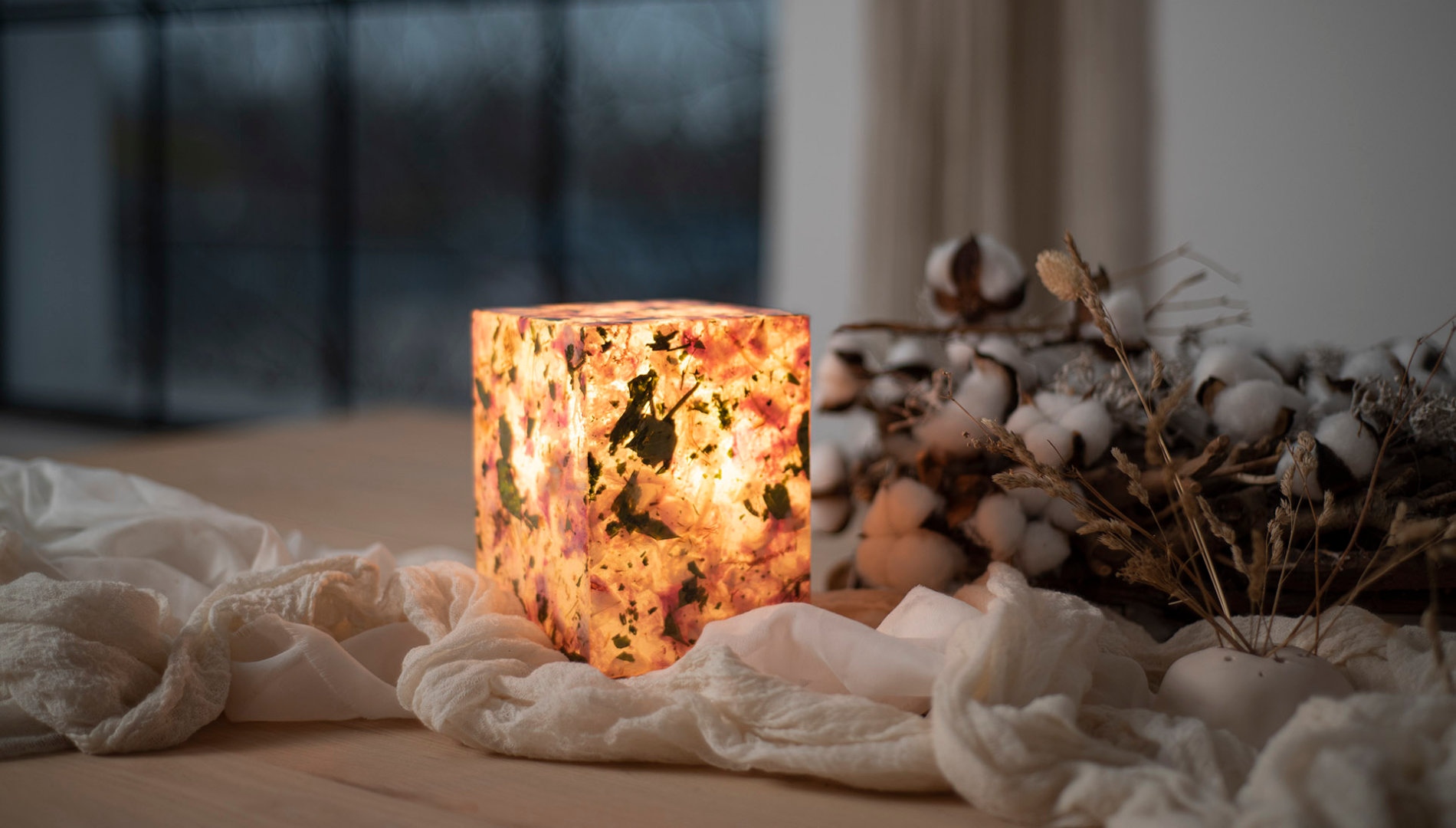 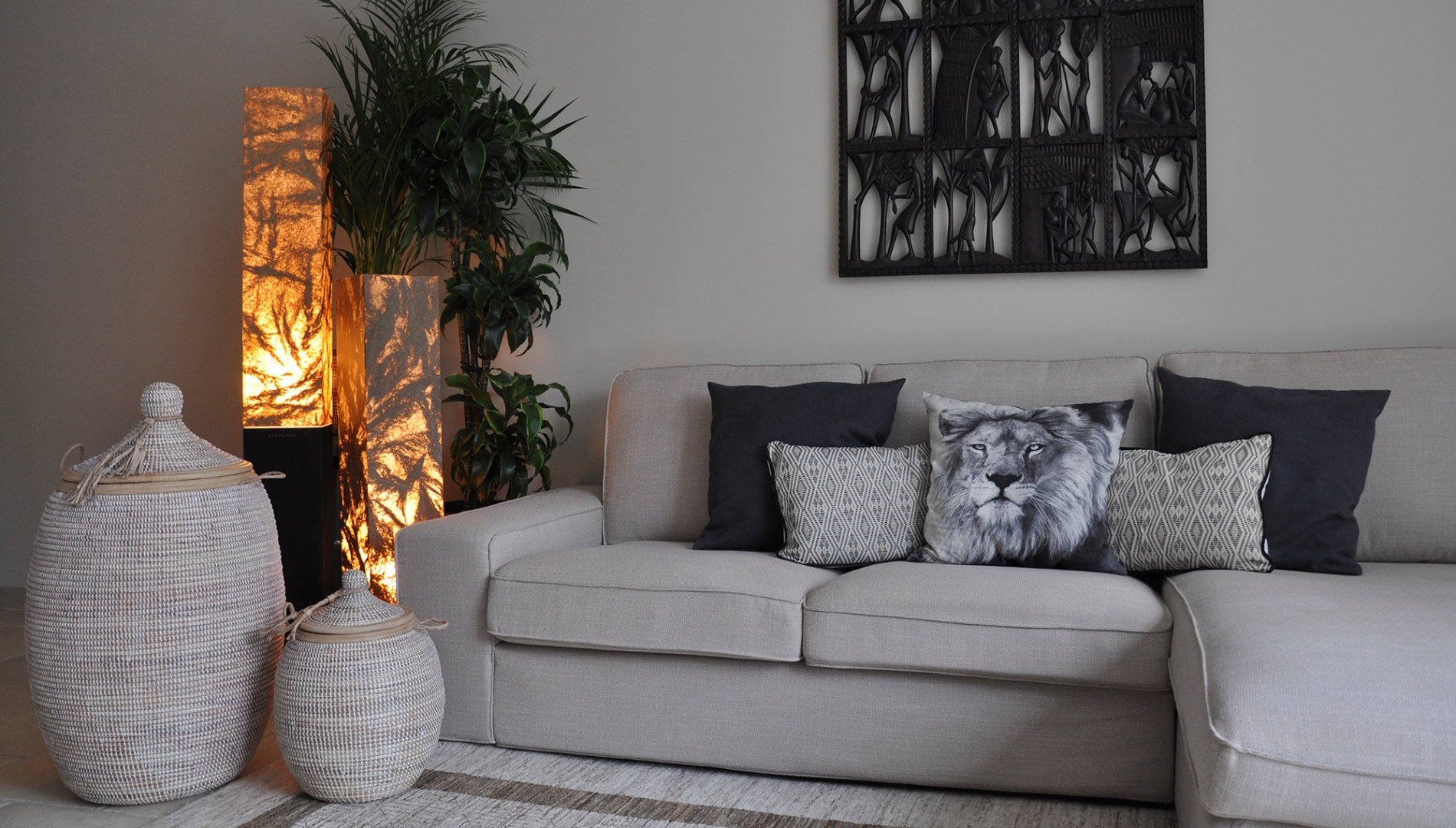 |
As part of this, we provide samples of materials for designers to keep with them. Our downloadable package includes high quality plant texture photos that can be easily incorporated into visual designs during the design phase, as well as 3D models and editable DWG files to help designers through the process. We can communicate in blueprint form, sketching out precise nodal points, junction details etc., so that ideas can be implemented without compromise.
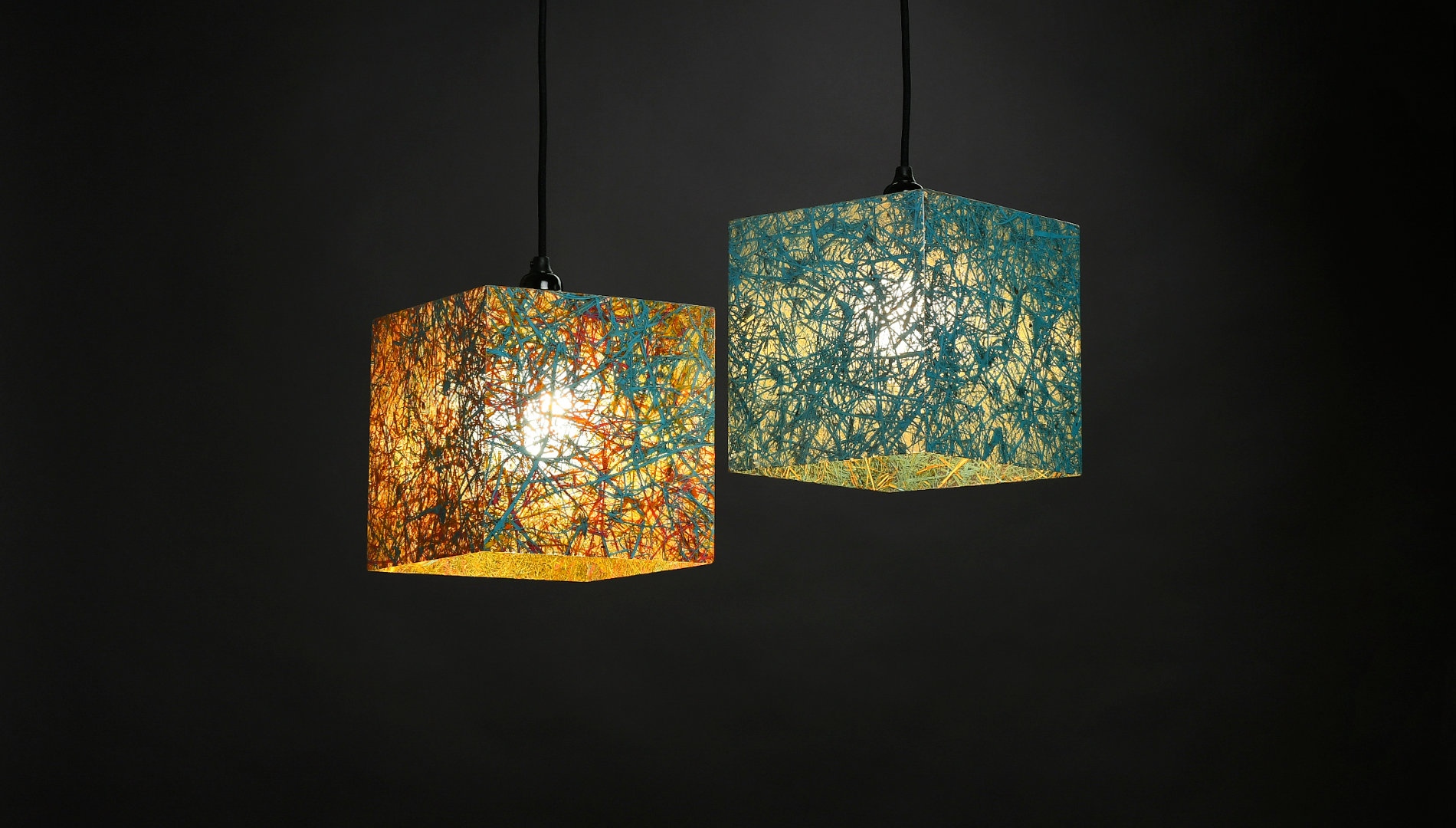 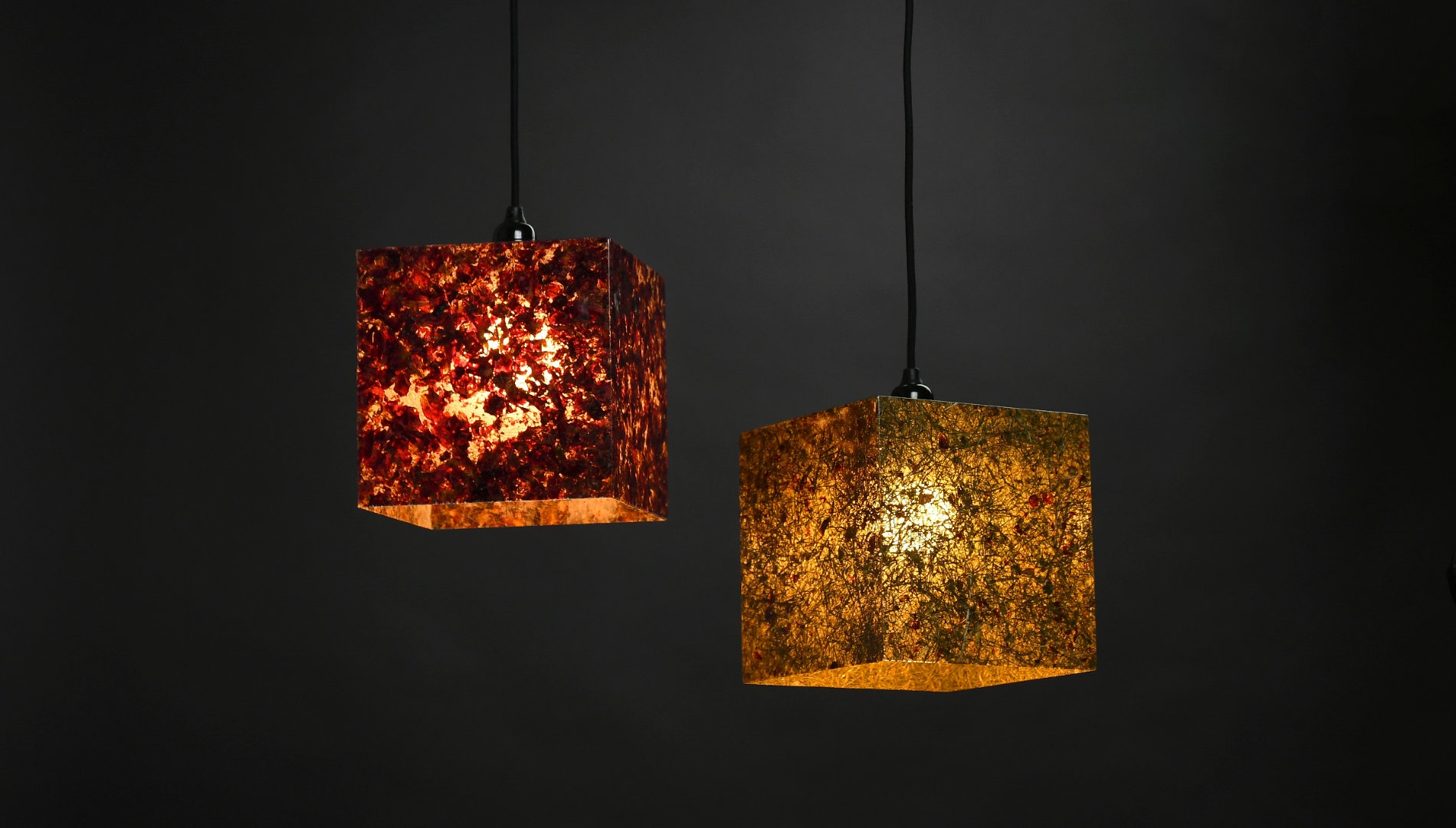 |
Which project is a good example of this design collaboration?
The office’s chevron patterned partition wall was completely made by the Viaplant team using CNC technology. For the lighting, we produced paralelogram-shaped LED panels matching the Viaplant panels. Of particular interest is that the lighting units are fixed with magnets, so they can be easily replaced and repaired. This project from last year is a good example of how cooperation works: the designer drew his ideas, we worked out together the way it could and should be realized, and then we were able to supply at the manufacturing level, too.
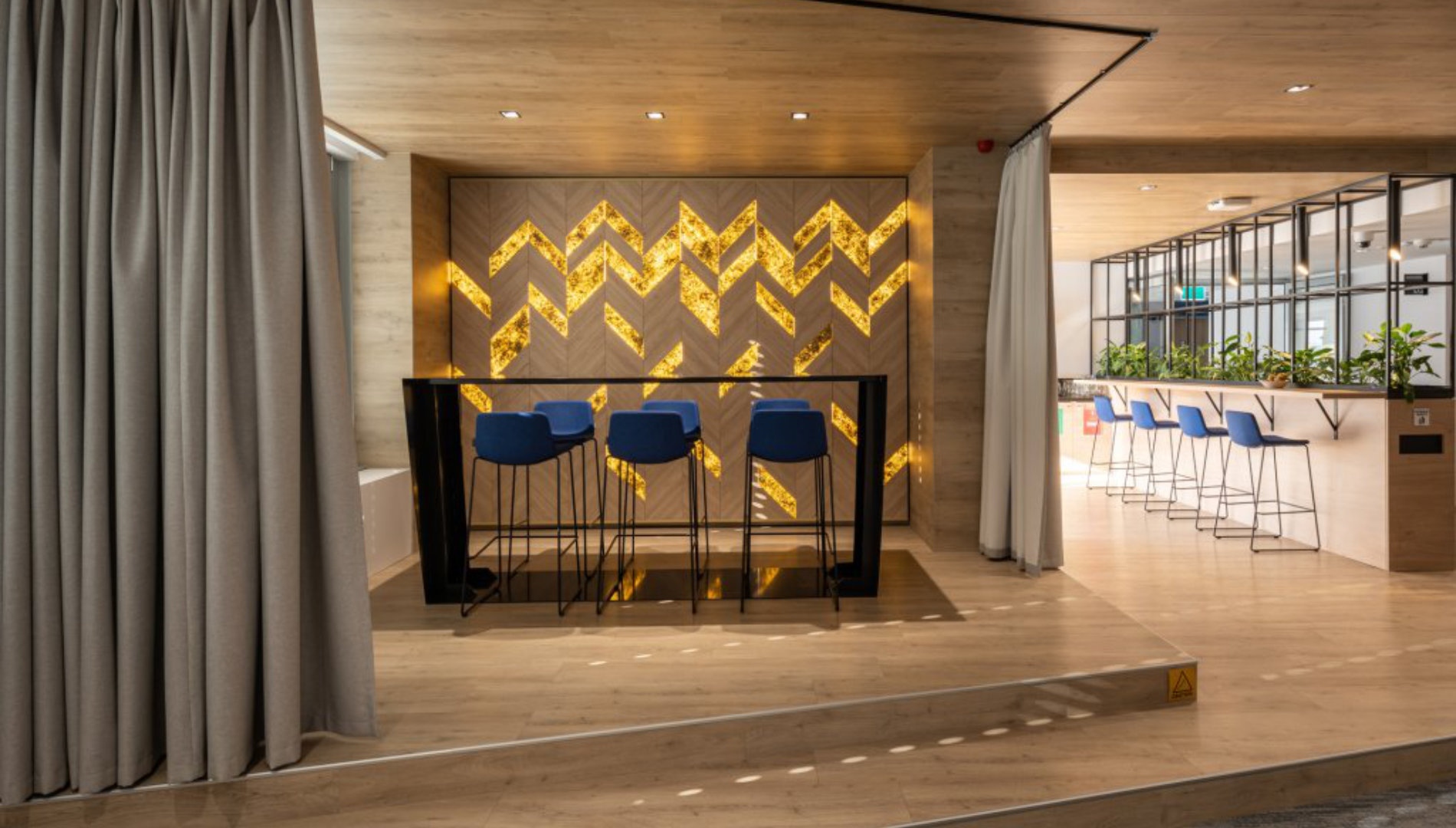
You have recently opened an exclusive showroom in the Czech Republic. Congratulations!
The showroom opened last week in Ostrava, the third largest city in the Czech Republic, close to the Polish border. We already set foot in 6-7 countries, but the new one in the Czech Republic is the first monobrand showroom.
It’s exciting to walk into a store - nearly 700 kilometers from us - that is filled entirely with our products.
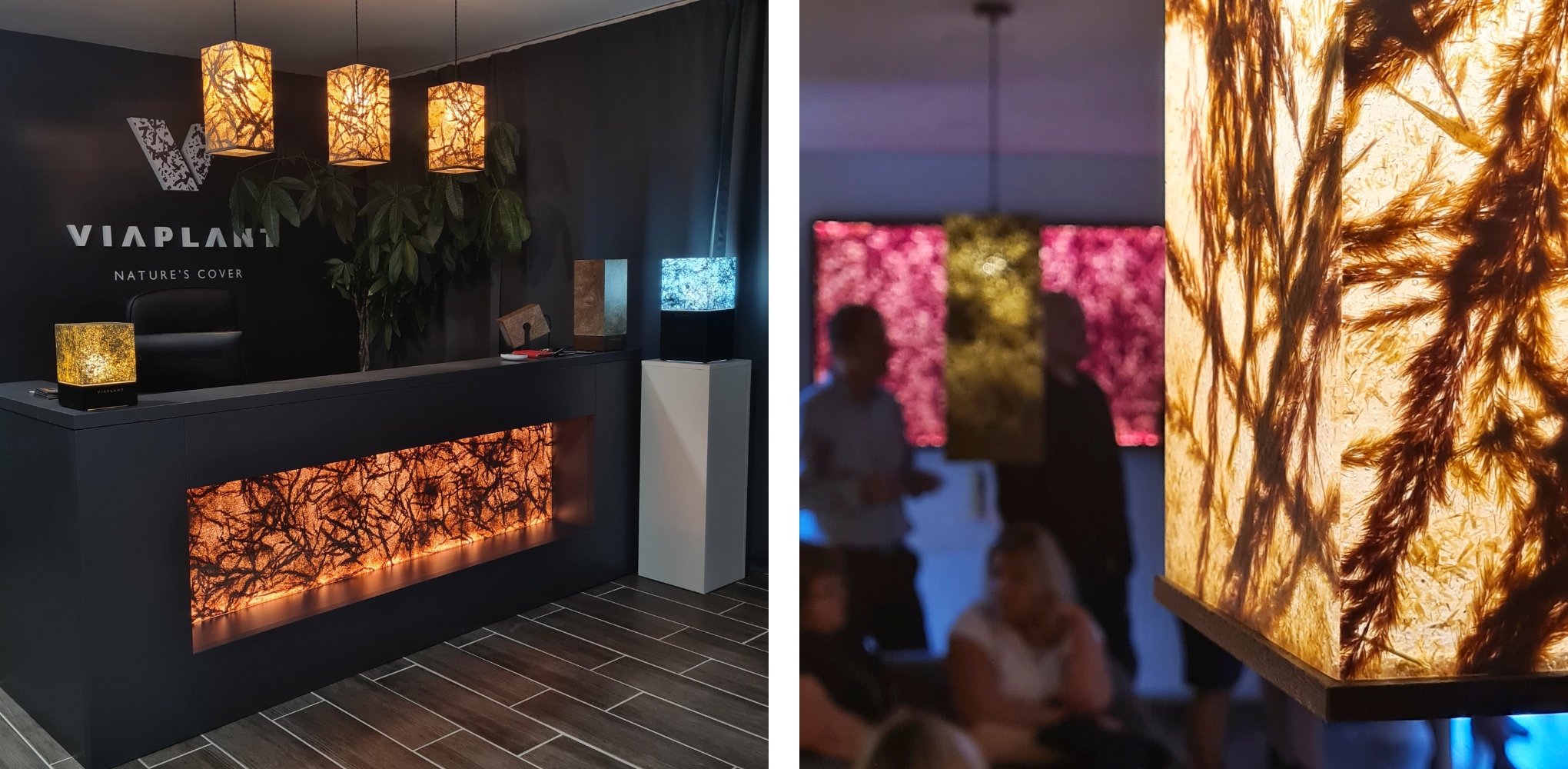
What are your plans for the near future?
We are exploring the possibilities for improvement in glass and degradable binders, and we have already found a sustainable, compostable alternative! Polylactic acid (PLA), made from vegetable starch, may sound familiar to those interested in 3D printing. PLA-bonded Viaplant is unique in several ways: it is between 0.5 and 1 mm thick, can be applied to curved surfaces thanks to its flexibility, and can be composted under suitable conditions after use.
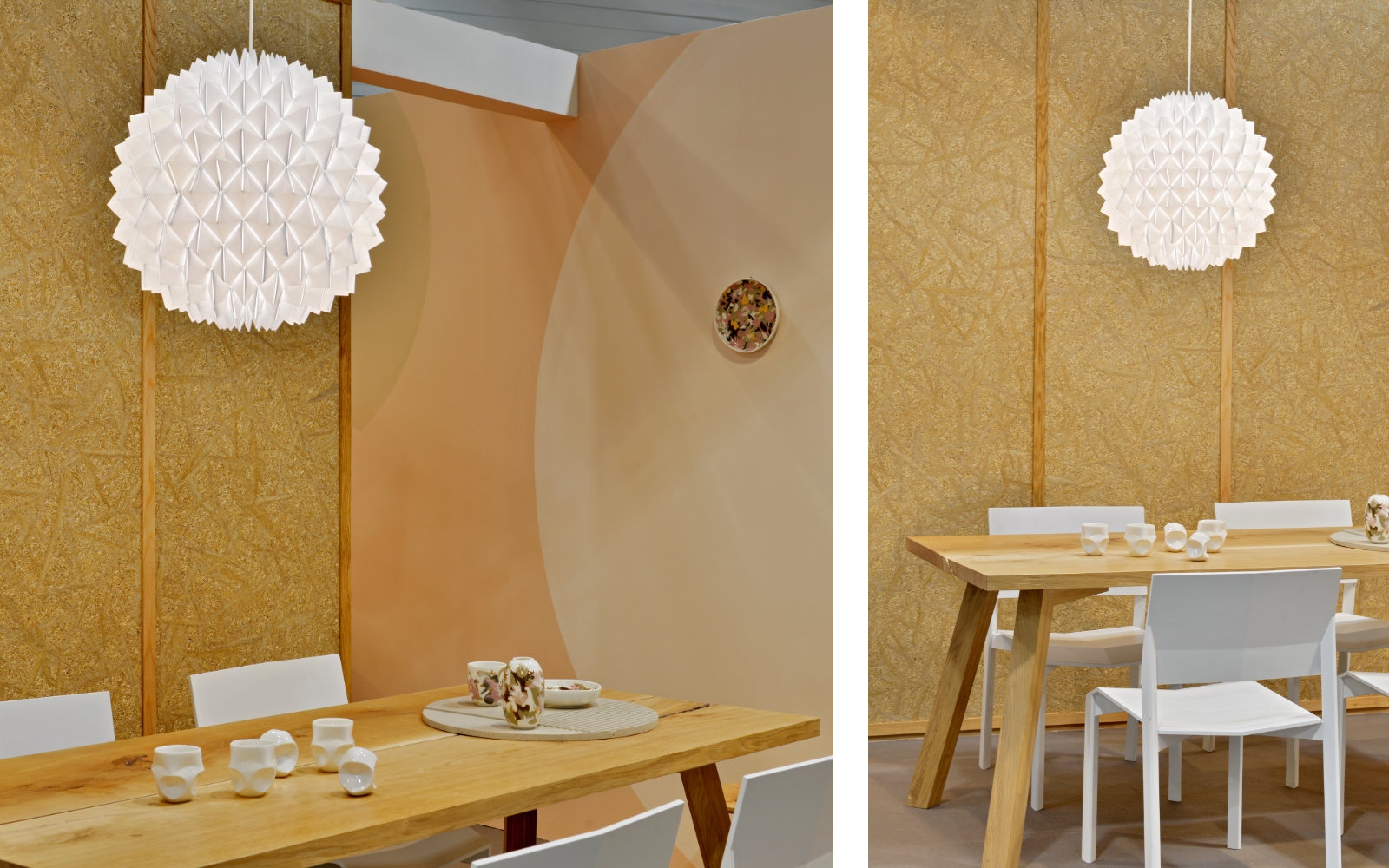
We started experimenting with the material last year and are currently fine-tuning our mass production technology. At S/ALON BUDAPEST, we will showcase this innovative product line in the form of wallpaper and creative materials available by the square meter. Thanks to its beneficial properties, it can be used to make almost anything, from lampshades to book covers.
We have recently launched several CMF Design / Material Library collaborations, which have resulted in requests for applications in interior design as well as other industries. This provides us with excellent prospects for design industry collaborations as well as access to distant markets.
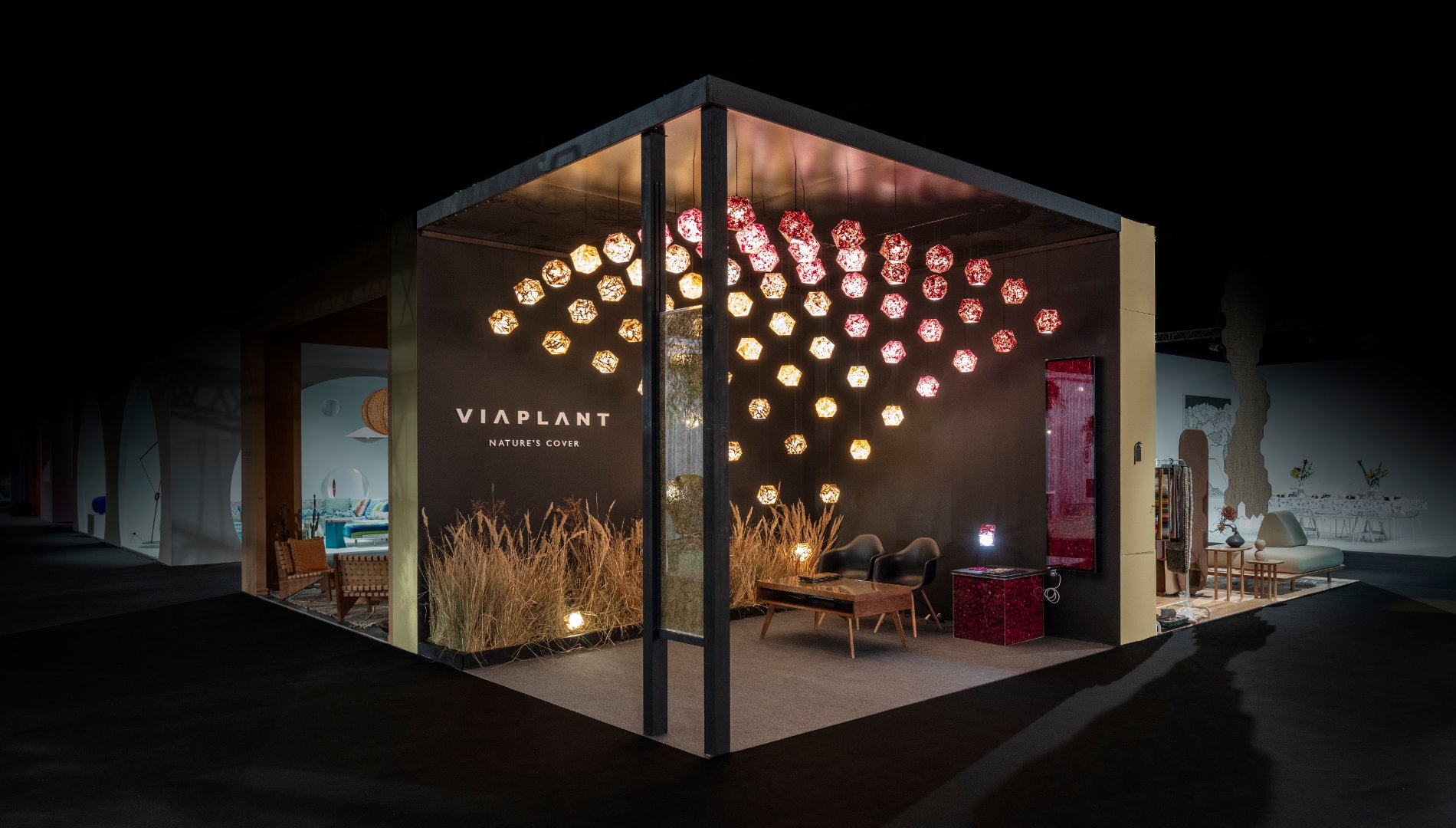
It’s worth following Viaplant’s work, as they are constantly coming up with new ideas and innovative solutions. Discover the brand’s immersive, sensitive and innovative world at the Budapest Arena between 23-25 September! In the meantime, join us on Facebook and Instagram for inspiring content!
Cover: S/ALON BUDAPEST 2019 Biophilia, designer: Mónika Terpák, Tibor Bata, photo: Gyula Bezzeg, Viaplant Kft.

